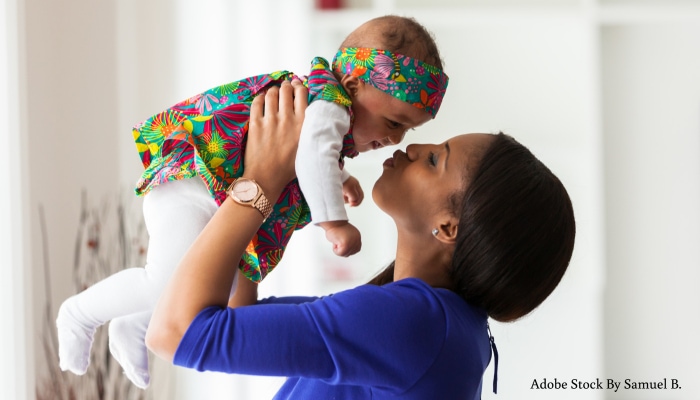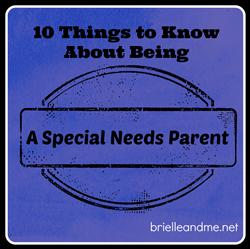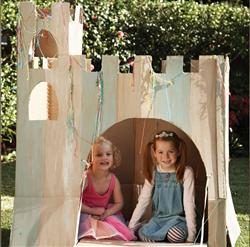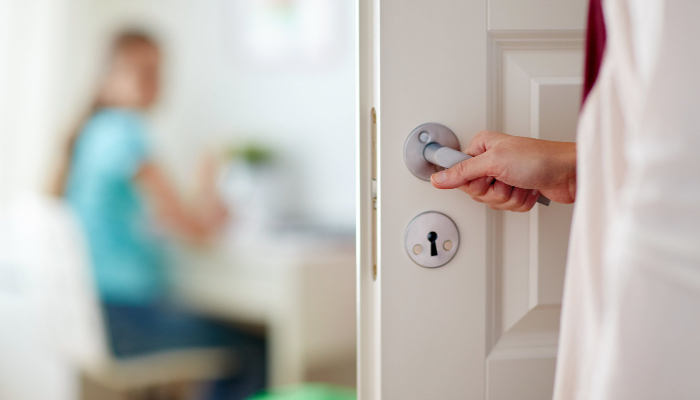How Do I Bond with My New Baby?
By Esther M. Leerkes, Ph.D., Guest Blogger with the Healthy Relationships Initiative
UNCG’s Healthy Relationships Initiative (HRI) team is partnering with TMoM on this blog series. We offer general guidance to relationship or family questions submitted by TMoM community members. If you’ve got a question to ask, share it anonymously on the form here. For today’s question, we turned to Dr. Esther Leerkes, who is the Associate Dean of Research in the School of Health and Human Sciences and Professor of Human Development and Family Studies at UNCG. She is an expert on parenting and attachment in families with young children.
Reader Question:
“This may sound dumb, but I am wondering if you can give any advice on bonding with my new baby. He is now at the point where he is sitting up on his own and playing, but sometimes I just wonder what to do with him! We read books and I take him on walks a lot. What else would create a bond?” ~ New Mommy in Kernersville
Dear New Mommy,
Congratulations on your new baby! Parenting a baby is exciting, but also challenging, especially since some guess work is involved in figuring out what they need, want, and enjoy. Your question is such a good one, because our early interactions with our babies set the stage for our relationship with one another; this special bond between a parent and child is called attachment. So, what can we do to create a secure attachment?
It’s useful to think of our own adult relationships as an example. Most of us have lots of friends and family members who are fun to be around and we enjoy. The list gets smaller when we think who we turn to when we are upset, and smaller still when we think “who can I trust to consistently help me feel better?” For babies, a secure attachment with their parent is similar. They feel a secure attachment with a parent who meets their needs, makes them feel safe, and whose company they enjoy.
The examples you listed – reading and going on walks together – are great ways to enjoy time together, especially if you take the time to look at each other and smile, point out objects or pictures, and talk about what you and your baby are noticing. Other things babies enjoy include:
- Enjoying “face-to-face” play. Simple activities like looking at one another, mimicking facial expressions like smiles, puckered lips, sticking the tongue out, and copying razzing and other sounds they make are so much fun for babies because they can see that you’re responding to them.
- Exploring the world with their senses by looking at, touching, and tasting things and listening to different sounds. Exposing them to new or interesting objects, sights, and sounds can be lots of fun.
- Playing games like playing peek-a-boo or other face and hand games like the “Itsy bitsy spider.”
Practicing physical milestones like holding or shaking an object, rolling over, sitting, standing, and then walking. You can help by providing them with opportunities to explore the physical world and their own skills, showing interest and encouragement as they do so, comforting them when they struggle or feel frustrated, and sharing their pride and excitement for their efforts and achievement.
Also, be sure to check out this directory for other events, activities, and groups that could be fun for parents and infants.
Since babies can’t talk, it’s always important to pay attention to their signals and adjust your behavior to follow their lead. Babies show their interest by looking at, reaching for, or trying to get closer to someone or something. They signal boredom and overstimulation by looking away, fussing or crying, and sometimes moving away. Sometimes this means pausing or slowing down what we are doing, sometimes it means starting a new activity, and sometimes it just means giving the baby a chance to explore on their own. Responding to these signals is one way babies start to see that they can have an effect on the world and other people, and this makes them feel confident in themselves. It also teaches them that they can trust their parent to meet their needs.
Beyond having fun together, it’s important that babies can trust their parents to meet their emotional needs. Babies cry to signal physical needs like hunger, but they also cry for emotional reasons like being sad, afraid or frustrated. Responding to babies’ cries quickly, consistently, and warmly by coming closer, picking them up, offering gentle words and touches, or distracting them from why they’re upset helps teach babies that their feelings matter and that they can trust their parent to keep them safe. Ignoring their cries or responding harshly teaches babies that their feelings don’t matter and that they cannot trust in their parent to help them feel better.
So, small moments throughout our typical daily interactions that involve fun interactions and making babies feel comforted and safe lead to a secure attachment.
Remember, if you have a question to ask, please share it anonymously on the form here. You can see previous blogs from Healthy Relationships Initiative here.
Want to see more blogs like this and get notifications on local events and happenings? Subscribe to our free weekly newsletters here.







